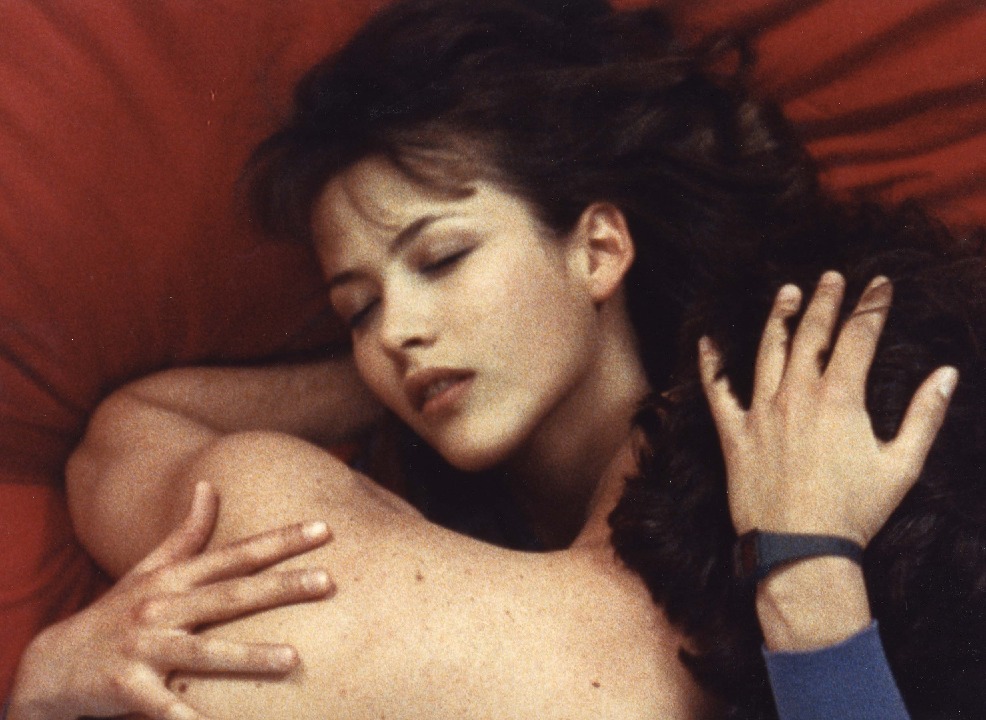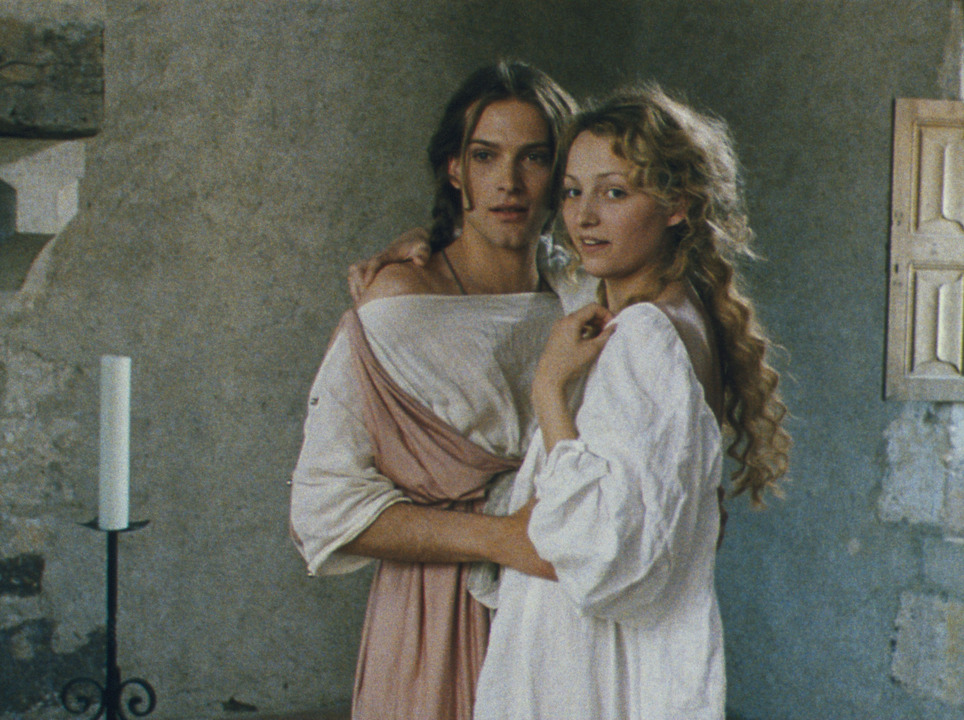 Image courtesy of France Channel, “L’étudiante”
Image courtesy of France Channel, “L’étudiante”
Love has always been surrounded by mystery, magic, and superstition, and in France—a country synonymous with romance—various traditions and beliefs have shaped how love is celebrated. From ancient matchmaking customs to modern-day rituals, let’s explore some of France’s most intriguing romantic superstitions and traditions.
1. The Love Lock Bridges: A Controversial Symbol of Eternal Love
One of the most famous modern romantic traditions in France was the practice of attaching a padlock to a bridge and throwing the key into the river to symbolize an unbreakable bond. While the Pont des Arts in Paris was the most iconic spot for this ritual, the weight of thousands of locks became too heavy, leading officials to remove them in 2015. Despite this, love locks can still be found on bridges in cities like Lyon and Metz, continuing the tradition in a more sustainable way.
Some couples have taken a different approach, engraving their initials into a padlock and keeping the key as a symbol of their love’s security, instead of discarding it. This alternative allows for the romantic gesture without environmental consequences.
2. Saint-Valentin: The Village of Love
Every February 14th, couples flock to the tiny village of Saint-Valentin in central France, which has embraced its name as a haven for lovers. The village hosts special events, including vow renewal ceremonies, romantic walks through the "Lovers’ Garden," and the opportunity to send letters with an official Saint-Valentin postmark. The tradition has made this little-known village a must-visit for romantic souls.
Beyond Valentine’s Day, Saint-Valentin remains a charming destination year-round, with heart-shaped decorations adorning its streets, love-themed sculptures, and a romantic atmosphere that draws visitors seeking a special connection with their partners.
3. The Legend of the Lovers of Peyrebeille
One of France’s darker romantic superstitions comes from the 19th century and tells the tale of an inn in Peyrebeille, where it was rumored that an innkeeper and his wife would lure wealthy travelers, kill them, and steal their possessions. The story has become part of local folklore, warning that sometimes love and hospitality can have a sinister side.
This legend is now part of French ghost folklore, and some even say that couples who visit the area can still feel an eerie presence, making it an unusual yet fascinating destination for those intrigued by mysterious love stories.
4. The Mistletoe Kiss on New Year's Eve
While mistletoe is commonly associated with Christmas, in France, it holds special significance on New Year’s Eve. Kissing under the mistletoe at midnight is believed to bring good luck and a long-lasting, happy romance in the coming year. This tradition dates back to the Druids, who considered mistletoe a sacred plant with mystical properties.
Even today, many French couples continue this tradition, ensuring that their new year starts with love and positivity. Some families also hang mistletoe in their homes throughout the year to bring good fortune and harmony.
5. The Chair of Saint Catherine: A Superstition for Single Women
In some parts of France, November 25th is dedicated to Saint Catherine, the patron saint of single women. According to tradition, women who reach the age of 25 without marrying must wear extravagant hats in shades of yellow and green to "honor" Saint Catherine and pray for a husband. While this custom has faded over time, it remains a fun and quirky celebration in certain towns and fashion circles.
In modern times, this tradition has evolved into a day of empowerment, where single women celebrate their independence, success, and self-love, rather than focusing solely on marriage prospects.
6. The Lovers’ Stone of Saint-Énimie
 Image courtesy of France Channel, “Les amours d’Astrée et de Céladon”
Image courtesy of France Channel, “Les amours d’Astrée et de Céladon”
In the medieval village of Saint-Énimie in southern France, legend tells of a special stone near the Tarn River where couples can make wishes for eternal love. It is said that if two lovers touch the stone together while making a wish, their bond will be strengthened for life. This lesser-known superstition continues to draw romantics looking for a mystical blessing.
Some say that those who visit the stone alone can also ask for true love to enter their lives, making it a pilgrimage site for both couples and hopeful romantics.
7. The Love Fountain of Vaucluse
Near the famous Fontaine-de-Vaucluse, there’s an old belief that throwing a coin into the spring while thinking of a loved one ensures a lasting romance. Some even claim that if the coin lands heads-up, wedding bells might not be far away!
Unlike the Trevi Fountain in Rome, the Love Fountain of Vaucluse is lesser-known but retains an air of tranquility and magic. Some visitors make an annual pilgrimage to reinforce the love and commitment in their relationships.
8. The Lavender Love Charm of Provence
In Provence, lavender is more than just a fragrant flower—it’s also believed to bring luck in love. Some locals weave dried lavender into small pouches and place them under their pillows to attract romance and passion. Others incorporate lavender into wedding bouquets for good fortune in marriage.
The belief in lavender’s magical properties dates back centuries, with some even claiming that lavender fields hold a special energy that enhances love and devotion.
Final Thoughts
From ancient rituals to modern traditions, France is rich in romantic superstitions that continue to captivate lovers. Whether you’re renewing your vows in Saint-Valentin, kissing under the mistletoe, or making a wish on a love stone, these charming customs add a touch of magic to the experience of love in France.
Some of these superstitions have evolved into cultural traditions, while others remain enchanting relics of the past. Whether you’re a believer in love’s mystical side or simply enjoy the stories behind these customs, France offers a wealth of romantic lore to explore.